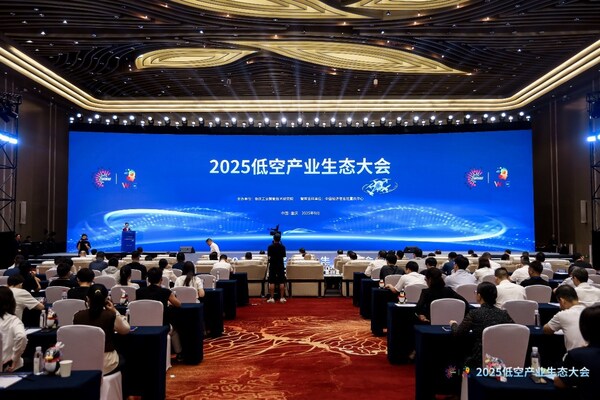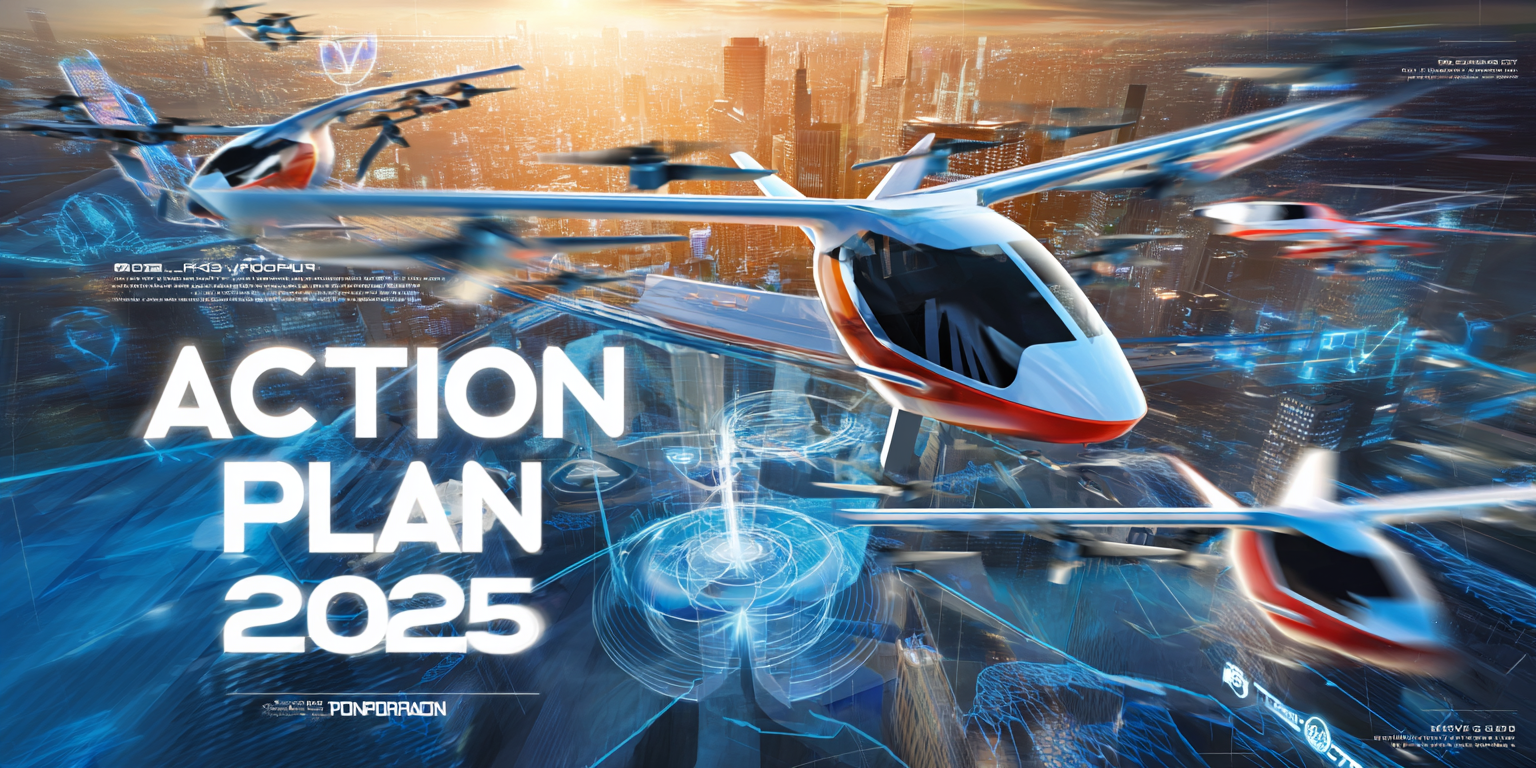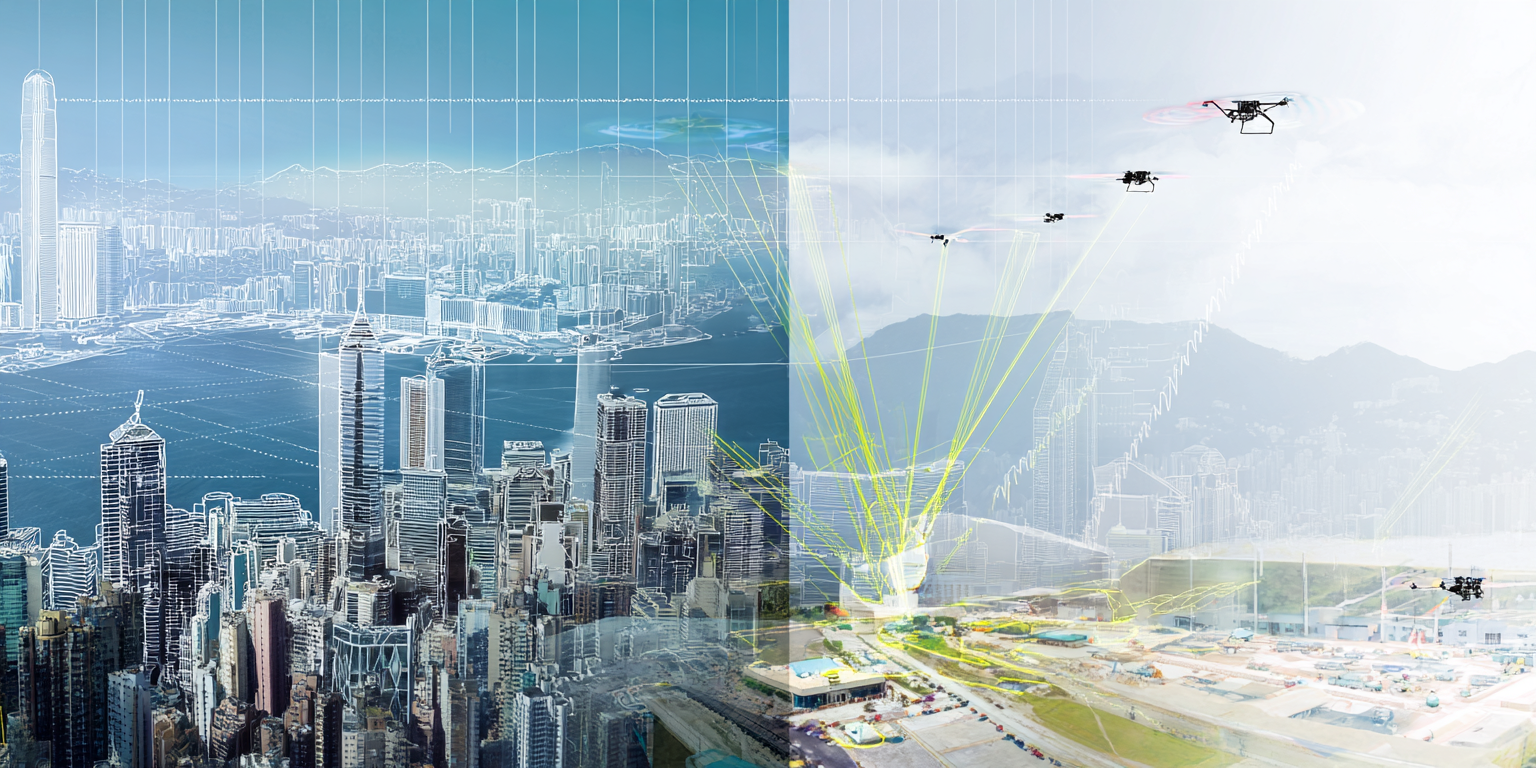The 2025 Low-Altitude Industry Ecosystem Conference in Chongqing wasn’t just another aviation gathering. When industry leaders, government officials, and technology companies converged at the Chongqing International Expo Center on September 7, they showcased a China low-altitude economy that’s generating impressive statistics while grappling with fundamental questions about commercial viability and sustainable operations.
The Chongqing aviation conference 2025 revealed an industry caught between demonstration capability and deployment reality, where ambitious projections meet the unforgiving physics of making money in three-dimensional airspace.
The Statistics Behind China’s Low-Altitude Economy
Chongqing’s low-altitude economy’s commercial viability in China depends largely on numbers that sound impressive until examined closely. The city logged 190,000 flight hours in the first half of 2025, representing a 109% year-over-year increase. With 1.16 million flights completed, the mathematics reveal flights averaging roughly 10 minutes each.
These aren’t the passenger routes or heavy cargo operations that proponents of urban air mobility development envision. Instead, they represent predominantly short-hop drone deliveries, agricultural spraying missions, and infrastructure inspections. The China drone delivery market analysis shows operations that remain largely experimental rather than commercially sustainable.
The city’s 68 low-altitude manufacturing enterprises, including 17 complete aircraft manufacturers, generated 8.3 billion yuan in output for 2024. That averages approximately 122 million yuan per company, revealing that the electric aircraft certification industry is still finding its economic foundation rather than achieving commercial maturity.
eVTOL Commercial Challenges in Complex Terrain
Chongqing’s mountainous geography creates unique testing conditions that illuminate broader eVTOL commercial challenges facing the industry. The city’s river networks and elevation changes provide natural laboratories for complex autonomous flight operations. Still, they also expose the limitations of current drone delivery infrastructure when weather conditions deteriorate or air traffic increases.
The conference highlighted specific scenarios, including Liangping District’s integrated planning approach and Fengjie County’s tourism-focused “Soaring with the Wind Over the City of Poetry” program. Both represent controlled environments that don’t reflect the complexity of integrating aerial operations into the densely populated urban areas where urban air mobility regulatory challenges become most apparent.
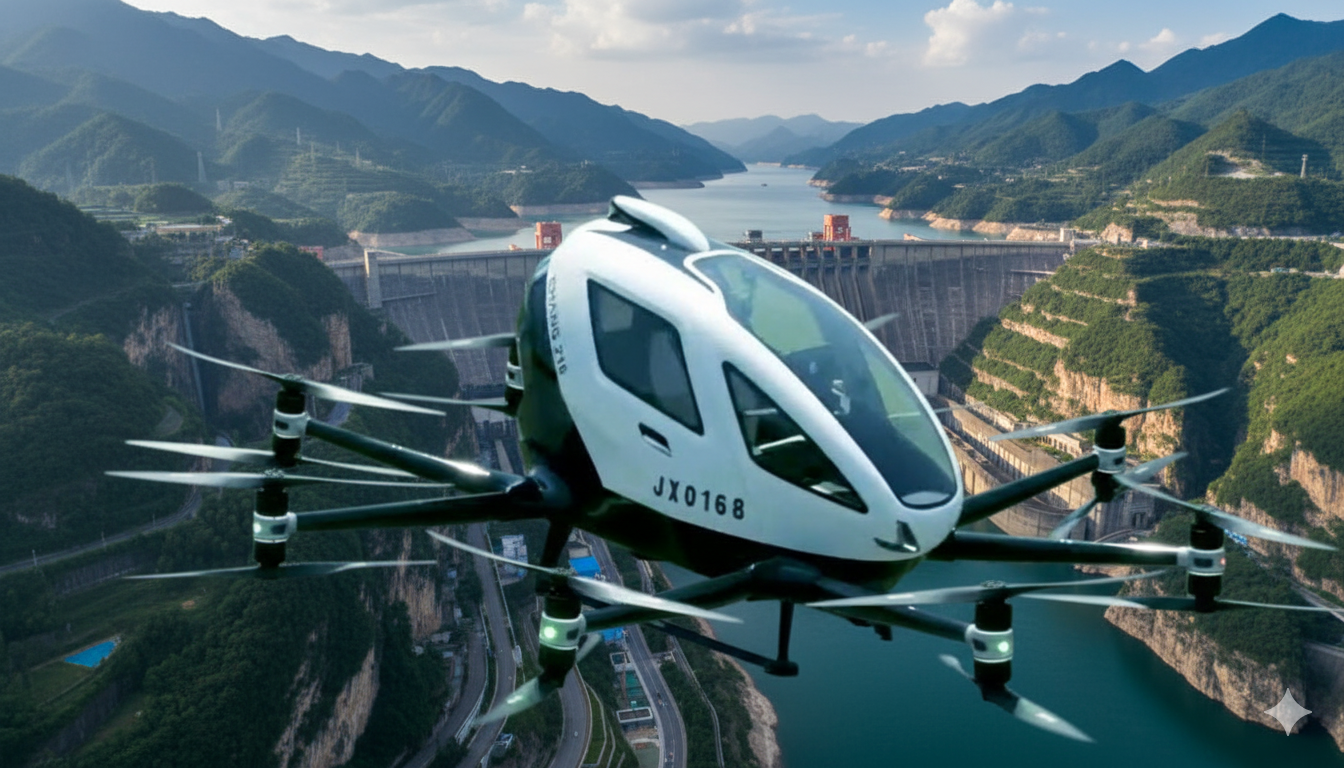 Fengjie hopes to leverage its Yangtze River gorges for eVTOL tourism operations
Fengjie hopes to leverage its Yangtze River gorges for eVTOL tourism operations
Liangping has positioned itself as a dedicated testing ground with purpose-built infrastructure, while Fengjie leverages its Yangtze River gorges for helicopter tourism operations. These demonstration zones provide valuable data, but they also highlight the distance between controlled testing and the routine commercial operations that the Chinese low-altitude economy requires for sustainable growth.
Infrastructure Reality Behind Low-Altitude Aviation Policy
The conference’s presentations emphasized technical achievements while exposing infrastructure gaps that current low-altitude aviation policy doesn’t adequately address. Chongqing’s demonstration of 103 drones operating simultaneously across four designated airspace zones represents impressive coordination, but it also shows how far the industry remains from routine autonomous flight operations in integrated airspace.
Managing 103 drones in controlled conditions differs fundamentally from integrating thousands of flights into urban environments where helicopters, small aircraft, and eventually passenger eVTOL aircraft must coexist safely. The eVTOL aircraft manufacturing challenges for 2025 include not only building aircraft but also creating the necessary communications and traffic management systems for safe operations.
Partnerships with China Mobile, China Telecom, and China Unicom reflect the industry’s recognition that drone delivery infrastructure requires entirely new communication networks. Current cellular systems weren’t designed for three-dimensional traffic management, and the latency requirements for autonomous flight operations exceed what standard networks can reliably provide during peak usage periods.
Commercial Viability Questions in China’s Drone Delivery Market
JD.com’s participation in the Chongqing Aviation Conference 2025 underscores how logistics companies view drone delivery as a means of cost reduction rather than service enhancement. The company’s eight new cargo routes in Chongqing focus on urgent medical deliveries and emergency supplies, applications where speed justifies higher operational costs.
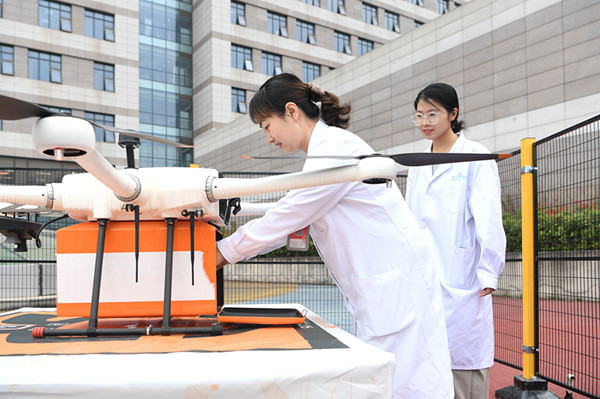 New cargo routes in Chongqing focus on urgent medical deliveries and emergency supplies
New cargo routes in Chongqing focus on urgent medical deliveries and emergency supplies
These niche markets can support limited operations, but they don’t constitute the broad commercial base needed for industry-wide profitability in the China drone delivery market analysis. The “low-altitude+” applications repeatedly emphasized at the conference, smart city integration, logistics enhancement, and cultural tourism expansion, reveal an industry struggling to define core value propositions beyond technological novelty.
Traditional aviation serves precise transportation needs with established business models. The Chinese low-altitude economy, by contrast, positions itself as an enhancement to existing services rather than a replacement for inadequate infrastructure, creating urban air mobility regulatory challenges around proving necessity versus convenience.
Manufacturing Capacity Versus Market Demand
Chongqing’s 17 aircraft manufacturers represent ambitious entrepreneurship, but also indicate market fragmentation that complicates sustainable competition. Unlike traditional aviation, where established manufacturers have dominated for decades through safety certification and operational experience, the low-altitude economy has attracted numerous startups pursuing different technical approaches to eVTOL commercial challenges.
This diversity enables rapid innovation but creates complications for standardization, maintenance, and operator training. Airlines can service Boeing and Airbus aircraft globally due to established supply chains and technical expertise. Low-altitude operators must support dozens of different aircraft types, each with unique maintenance requirements and operational limitations that impact their long-term viability.
The Smart Factory for Special Aircraft project in Liangping District aims to produce an annual output of 1,000 aircraft, valued at 20 billion yuan, despite current market analysis not supporting this demand. Building manufacturing capacity ahead of proven market demand represents either visionary investment or expensive miscalculation, depending on whether operators can demonstrate sustainable business models for urban air mobility development.
Regulatory Framework Development for Autonomous Flight Operations
Government officials at the conference spoke with confidence, reflecting predetermined low-altitude aviation policy rather than market-responsive development. China’s inclusion of low-altitude economy provisions in its Civil Aviation Law demonstrates political commitment that exceeds immediate commercial viability considerations.
Provincial and municipal governments compete to attract industry investment, creating subsidies and incentives that may artificially sustain operations unable to survive market-based pricing. This political support enables rapid development, but it also creates dependency relationships that could prove unsustainable if economic conditions change or policy priorities shift.
The urban air mobility regulatory challenges extend beyond aircraft certification to airspace management, operator licensing, and safety oversight systems that don’t yet exist at the scale required for commercial operations. The conference’s framework agreements for regional aviation logistics hubs represent aspirational planning rather than operational reality.
Technology Integration Challenges for Electric Aircraft Certification
Tencent Cloud’s participation highlights how technology companies view the Chinese low-altitude economy as a data processing opportunity rather than a transportation solution. Managing thousands of simultaneous autonomous flight operations requires a cloud computing infrastructure, artificial intelligence for traffic management, and real-time data processing capabilities, all of which represent significant ongoing operational expenses.
The electric aircraft certification process must account for battery performance degradation, charging infrastructure availability, and weather sensitivity that affects operational reliability. These technical considerations directly impact the commercial challenges facing manufacturers as they transition from demonstration flights to revenue-generating operations.
Current battery technology limits payload capacity and range while requiring expensive charging infrastructure that operators must factor into business models. The China drone delivery market analysis reveals successful operations focusing on high-value, time-sensitive deliveries that justify premium pricing; however, broader commercial applications require cost structures that current technology can’t support.
Economic Development Versus Market Reality
The conference’s billion-yuan development commitments reflect political imperatives that may not align with market demand for urban air mobility development. Chongqing’s investment in Liangping District demonstrates the scale of public funding required to establish low-altitude infrastructure, creating financial obligations that assume continued political support and economic growth.
These commitments position the low-altitude economy as infrastructure investment similar to high-speed rail and telecommunications networks, requiring sustained public investment before generating private returns. This approach enables rapid deployment while creating long-term financial obligations that must eventually justify themselves through economic benefits.
The emphasis on Southwest China’s development reflects broader regional strategies that prioritize technological advancement over gradual market development, creating urban air mobility regulatory challenges in balancing innovation promotion with safety oversight and financial sustainability.
Future Prospects for China’s Low-Altitude Economy Commercial Viability
The 2025 conference showcased impressive technical achievements while highlighting the distance between controlled demonstrations and integrated commercial operations. Chongqing’s success in doubling flight hours and expanding manufacturing capacity represents meaningful progress in addressing eVTOL aircraft manufacturing challenges in 2025; however, significant work remains to be done before the low-altitude economy delivers on its transformational promises.
The real test for China’s low-altitude economy won’t come from conferences or statistics, but from whether these systems can operate safely, profitably, and routinely in complex environments where people live and work. The drone delivery infrastructure requirements, autonomous flight operations challenges, and electric aircraft certification processes must evolve from experimental phases to commercial maturity.
Success in urban air mobility development depends on solving integration challenges that go beyond individual aircraft performance to encompass traffic management, weather resilience, maintenance logistics, and operator economics. The China drone delivery market analysis suggests sustainable operations will emerge first in specialized applications before expanding to broader transportation roles.
The low-altitude aviation policy framework must evolve to support commercial operations while maintaining safety standards appropriate for operations over populated areas. The conference revealed an industry with impressive technical capabilities and substantial government support, but commercial viability ultimately depends on proving value propositions that justify operational costs and regulatory complexity.
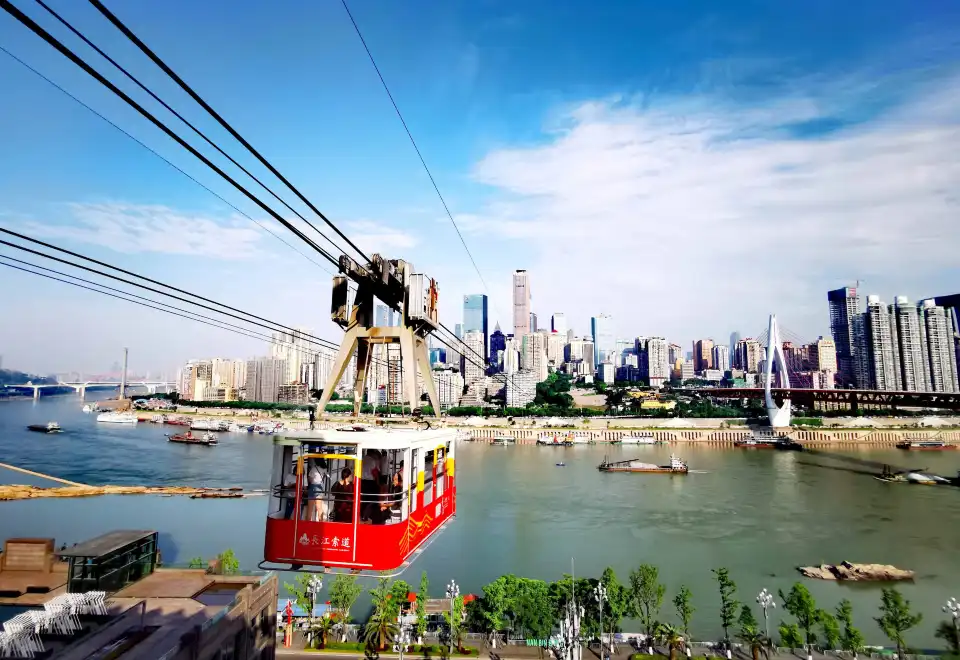 Chongqing’s mountain geography
Chongqing’s mountain geography
Chongqing’s mountain geography provides ideal testing conditions, but the urban environments where low-altitude operations must eventually prove their worth present different challenges that require sustained development beyond demonstration flights and conference presentations.
